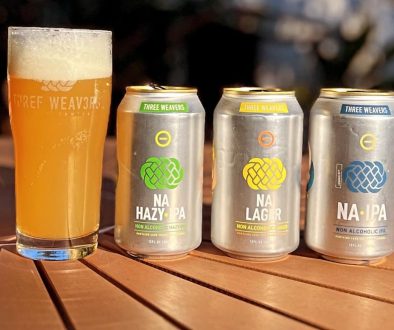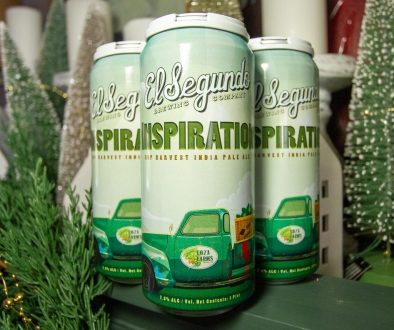Should a Region Claim a Beer Style?
New England IPA, Cascadian Dark Ale, and Florida Weiss: What Happens When a Region Can Claim a Style?
In the Old World, before the English and their beer and came to the United States, beer did not usually travel more that the length of a draft horse’s route. At that time in history, there was no such thing as local beer, there was just beer. It was not called a Leipzig gose or a Dusseldorf alt, it was simply a gose, or an alt, or a beer. As soon as a style came along, so, too came a style-bender or style-breaker. Once that happened, when enough brewers in a certain area bent or broke a style, then they would lay claim to the style and Cascadian Dark Ale, Florida Weiss, and New England IPA were born. Now every time one group would lay claim to a style, another group or individual would have brewed something similar. The notion of bastardizing a beer style is not a new one, but as breweries are finding out, there is more to this notion than meets the eye. As regions lay claim to certain styles, and west coast and east coast IPAs are debated, beaten to death, and then argued again, the attention paid to the beer can be the prize for brewers and drinkers alike.
While a Florida Weiss or a Cascadian Dark Ale may seem like a marketing gimmick, beers like them can push breweries that are not currently brewing the style to try it out. This exploration leads brewers to new techniques like kettle souring and makes inroads for new takes on existing styles. If these beers sell well in tasting rooms, then brewers have a reason to produce these beers consistently and possibly add them to the regular lineup. The push of fruited Berliner weisses in Florida has brought more than a few breweries to brew this style. Brewers like Cigar City Brewing and Tomoka Brewing got into the world of Berliner weisses and their different treatments. Coppertail Brewing has made up a character named Dangerous Frank who has something to do with almost every Florida, err, Berliner Weiss. This is fun, it drives people who aren’t as interested in craft beer to ask questions, and presents the drinker with more choices.
These style variations also foster traveling and trading among the beer world. Many beer traders have that “Pokemon- gotta catch ‘em all” mentality and they want to try every beer under the sun. The emphasis on these particular styles helps drive growth in craft beer as they are traded across the country by anxious beer lovers. Better yet, these beers can drive travelers into these controversial brewers’ tasting rooms. This demand has grown Tree House and Trillium into powerhouse breweries and grown sales by hundreds of percentiles since their opening. The stories are all over the internet of people waiting in line for one can of Heady Topper or Julius and then trying to trade it for thrice its value. Even if enjoyed just to bash the style, beer is so personal to so many people that what one hates the other enjoys, or at least wants to try. A group in Miami that insists that Trillium Brewing is nowhere near as good as Civil Society Brewing is usually inspired to go out and buy a growler or crowler of Pulp or Juice for comparison. Then that turns into an online post which inspires others to seek out both beers and join the conversation. Then a brewery somewhere makes a similar beer to try something new or just to make a tongue-in-cheek beer. Craft drinkers are ultimately the ones who benefit from this as the conversation goes on to draw in brewers and more curious enthusiasts.
Ultimately these styles turn the heads of non-craft drinkers to a beer they would not normally try. J. Wakefield Brewing’s Passion Dragon Berliner has a distinct deep pink-purple color that other brewers around the state have seen and made beers in a similar way. The result is not name-calling and trademark disputes as much as it is a friendly competition to see who can make a beer that is more sour, more colorful, or more unique. It is this idea that brought out a green Berliner, Cycle Brewing’s Ecto Cooliner Weiss. Like it or hate it, this attention brings new drinkers to the breweries and bars and that added demand means more resources for the breweries we support to make more beer that we drink.
Can anyone really trace back to the first fruited Berliner Weiss or hoppy stout? Is the originator and the prime mover of the style the most important part of it? These geographically inspired beer styles bring more to the table than just a glass of liquid—they bring curious drinkers, added revenue for brewers, and creative inspiration. So wear those “I heart Florida Weiss” and “New England killed IPA” shirts proudly because even in rivalry and competition, this means there are more choices from more brewers for more drinkers, and that is never a bad thing in craft beer.




